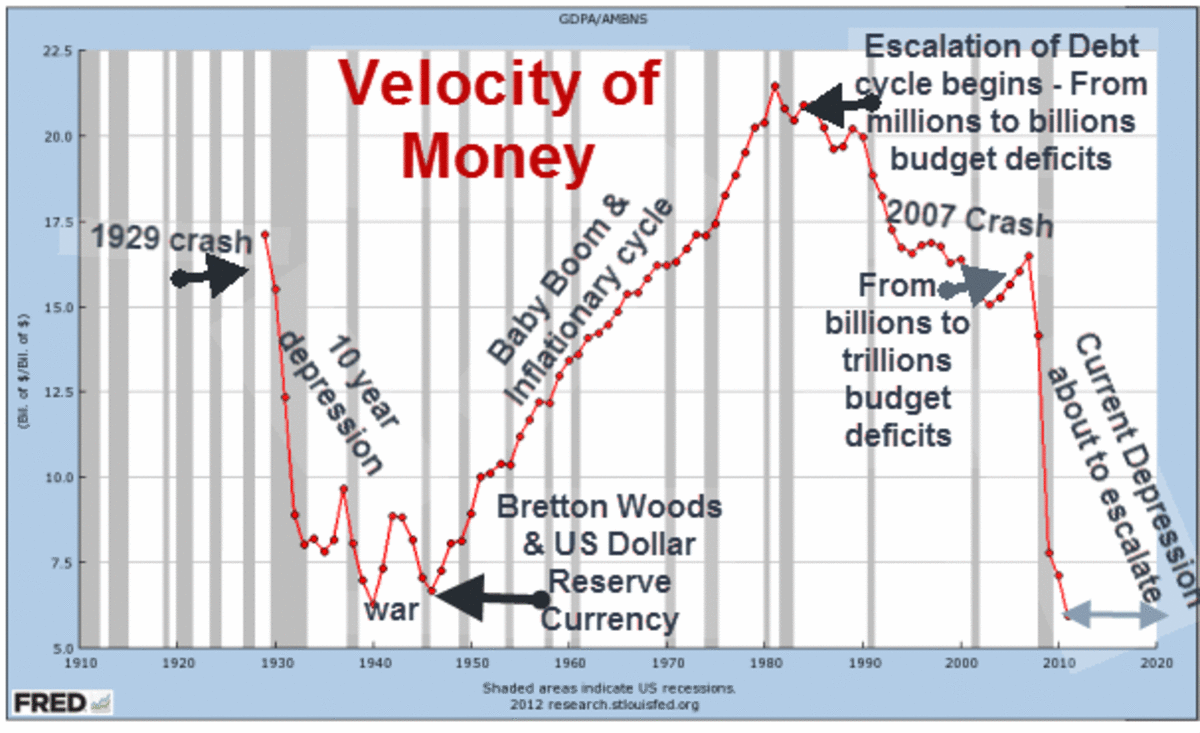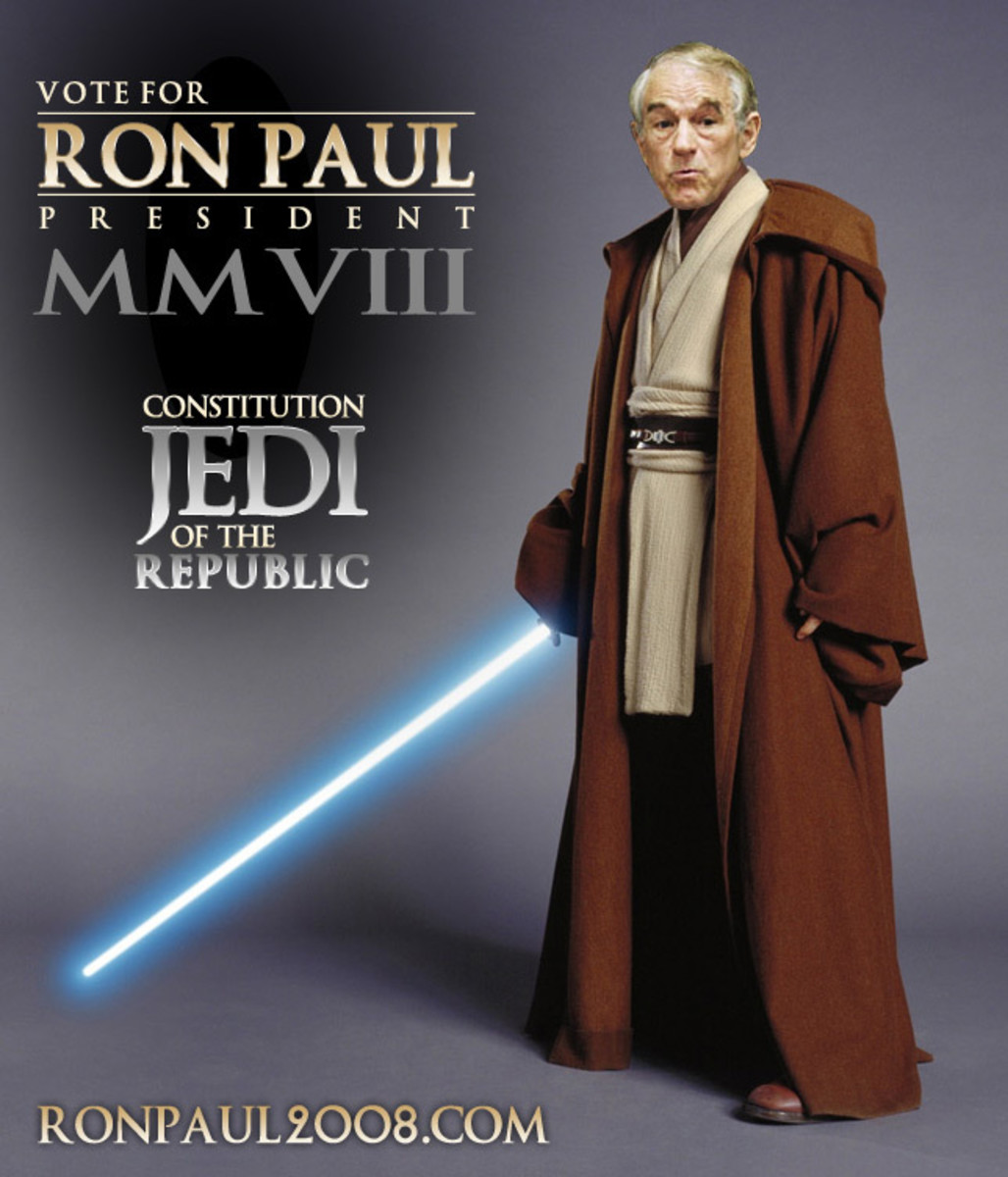Business Cycle; A Brief Note
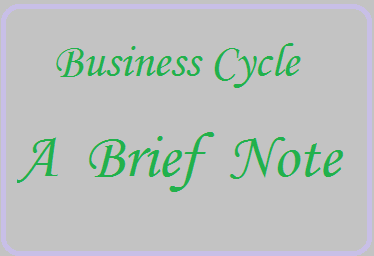
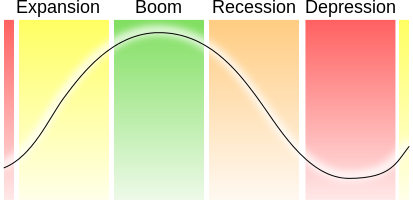
Introduction
Business cycle or trade cycle is an important concept in macro economics. The business cycle model is dealing with different stages of an open or a capitalist economy. When we analyze the economic system, there we can see continues fluctuations in output, price level, employment etc. That is we cannot meet an economical system which always keep stability or full employment condition. All things are varying, it is natural. In our day to day life we get statistics or data about GDP, unemployment rate, growth rate, inflation, deflation etc. They are varying from time to time. In short the economy’s nature is not regular but variable. Actually the changes in facts are like waves, because sometimes some factors are showing a higher value and sometimes a lower value. To analyze these fluctuations in the economy can be explained with the help of business cycles. Here this hub is aimed to explain the concept of business cycle and its different stages or status.
Business Cycles
There were different types of business cycles developed by different economists as listed in the table below.
Sl No.
| Type of Cycle
| Developed By
| Year
|
|---|---|---|---|
1
| The Long Jugler Cycle
| Joseph Kitchin (UK)
| 1862
|
2
| The Short Kitchin Cycle
| Clement Jugler (France)
| 1923
|
3
| The very Long Kondratieff Cycle
| N.D Kondrratieff (Russia)
| 1925
|
4
| Building Cylce
| Warren and Pearson (US)
| 1937
|
5
| Kuznets Cycle
| Simon Kuznets (US)
| --
|
Four Phases of a Business Cycle
As mentioned above the fluctuations or the variations in the economic activities are illustrated with business cycle. Generally there are four trends or phases can be see in a business cycle. They are
a) Depression
b) Recovery
c) Boom
d) Recession
These four possibilities or phenomenon and their nature are explained separately in the following section.
Depression
Actually depression is the final outcome of continues recession. That is recession refers to the declining of the economic activities which finally ends in depression. Depression is the most dangerous condition of any economy. In such a situation everything will bring down including interest rates, money supply, profits, other factor rewards, consumption, investment, savings etc.
Generally depression is like deflation, which means the resources (both monetary and other) are highly limited in supply. So, naturally the rewards for economic activities will be very less and since the economic activities are came in to its trough. Even though interest rates are very less, they may not be any tendency to increase borrowings or investment, because of the unstable condition of the economy and which never yield any profits. This condition halt for further employment opportunities and increase the rate of unemployment. Similarly the public hold limited amount of money, so their demand will be too less and the expenditure will also reduce.
In short, depression create an emergency or an unstable condition in the economy. Which widely affect almost all the economic sectors including primary sector, industrial sector and service sector.
Recovery
Recovery is a situation comes with hopes after crisis or depression. That is during depression the economy is entirely inactive. Once the economy began to over take the dangerous effects of depression making investments, generating employment opportunities etc, it will activate the economy.
Since human wants are unlimited, the people may demand new products even during depression. In such a condition investors will be more enthusiastic to utilize this opportunity. They may take loans and advances to setup industries and to start production. It will create expansion of credit, employment, demand, expenditure etc. in the economy. In short, recovery is a necessary stage for any country to optimum utilize its resources, because it is the phase of enhancing the economic activities.
Boom
Boom is arrived by a series of economic activities in recovery phase. That is during recovery phase, the unemployment will reduce, the demand and expenditure will increase. The investment and saving is also increase. In fact these impacts will continue until boom is arrived. Boom is a phase of trade cycle, where almost all the economic resources are utilized. That is the attainment of full-employment.
The main impact of boom is the price rising. There will be a continues rise in prices of goods and services. Because people have demand and money. But once the over utilization or the continuation beyond the boom will badly affect the economy. The inflationary price rising in the peak of the economic condition lead to the next phase recession.
Recession
The down warding of economic activities from boom is known as recession. Here the main feature of recession is the reduction in prices. Which will shrink the profit margin of the investor and since some industrialist may began to close their business or productions. In this unfavorable condition, the investment, savings, demand, expenditure etc. began to decline. This will ends in depression. A graphical model of a trade cycle is showing below.
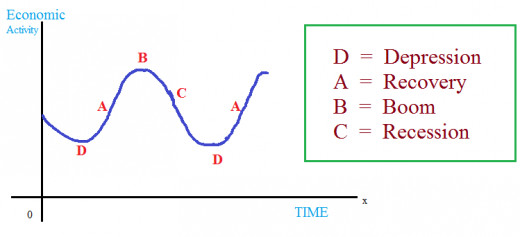
Conclusion
Business cycle is a simple model in macroeconomics which explains different phases of an economy. As mentioned above depression, recovery, boom, recession are the four phases. In reality these phenomenon may happen unexpectedly in different country or economy. For example: A country may jump from recession phase to recovery phase by skipping the depression phase. Every thing is based on the nature and the efficiency of the economy. In fact the concept of business cycle is a common and widely using tool of economists, policy makers etc


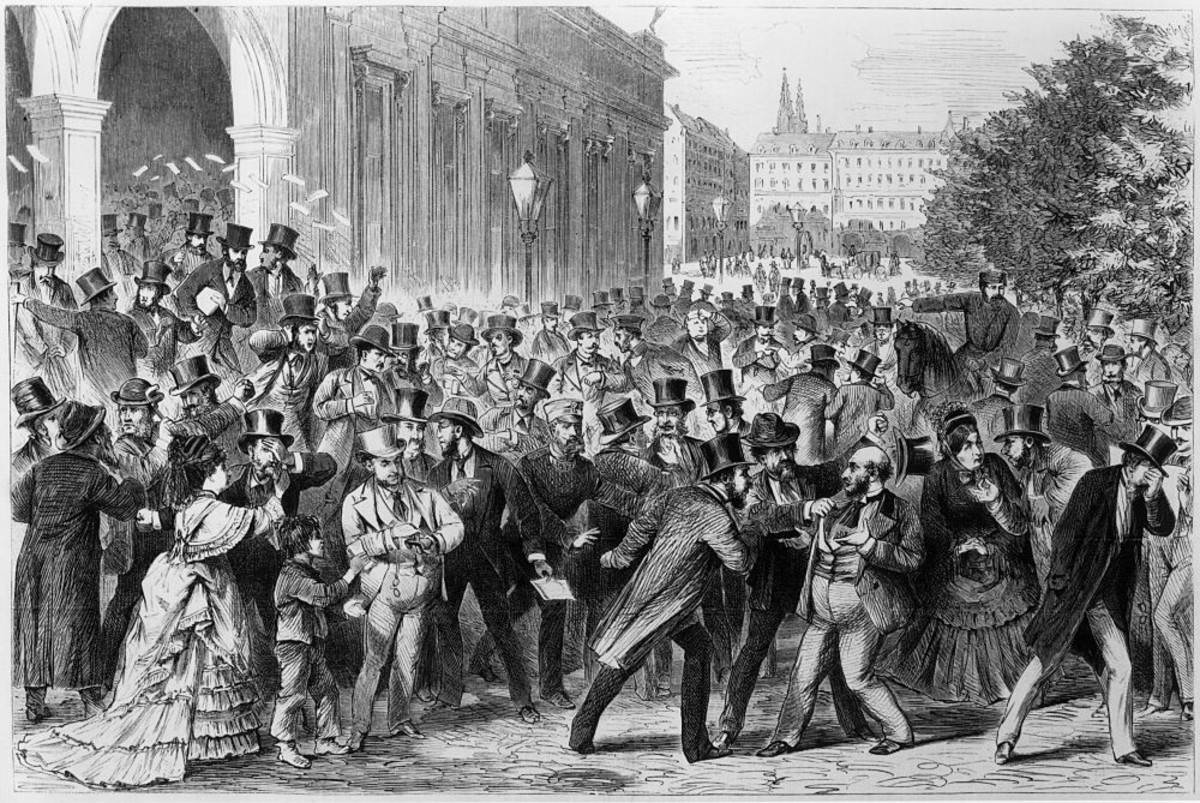
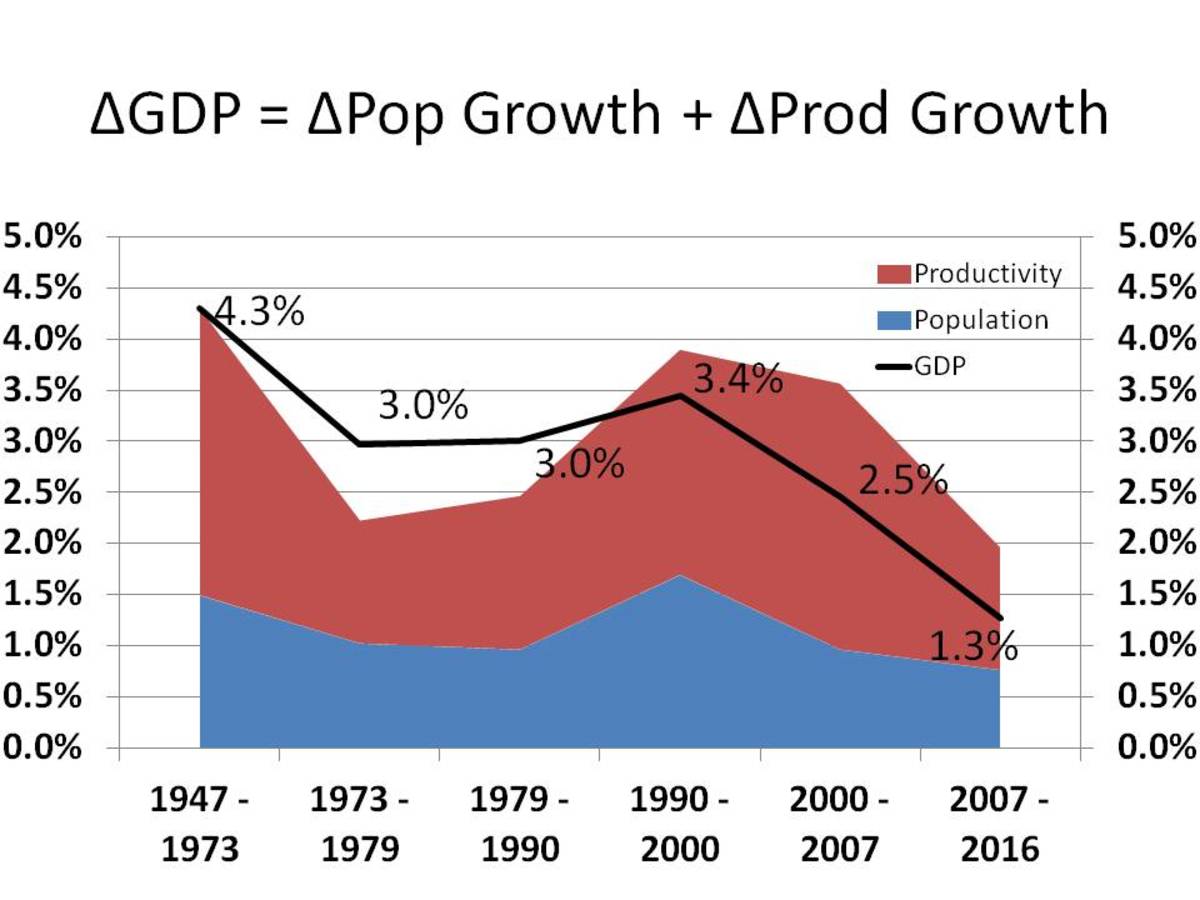

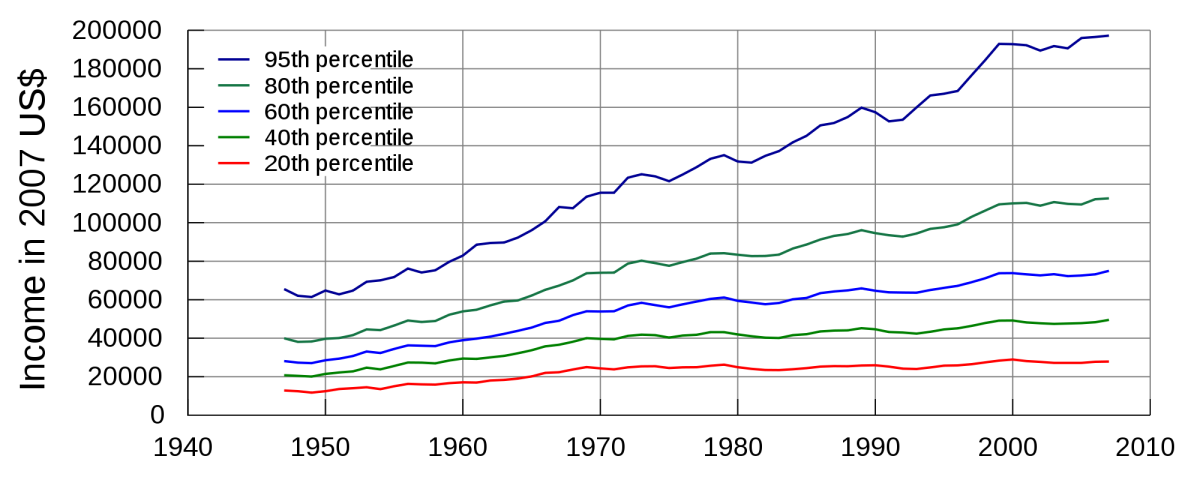
![Back From the Future - Conservatives Force Cut in Food Stamp Program [222*7]](https://usercontent2.hubstatic.com/8501727_f120.jpg)
